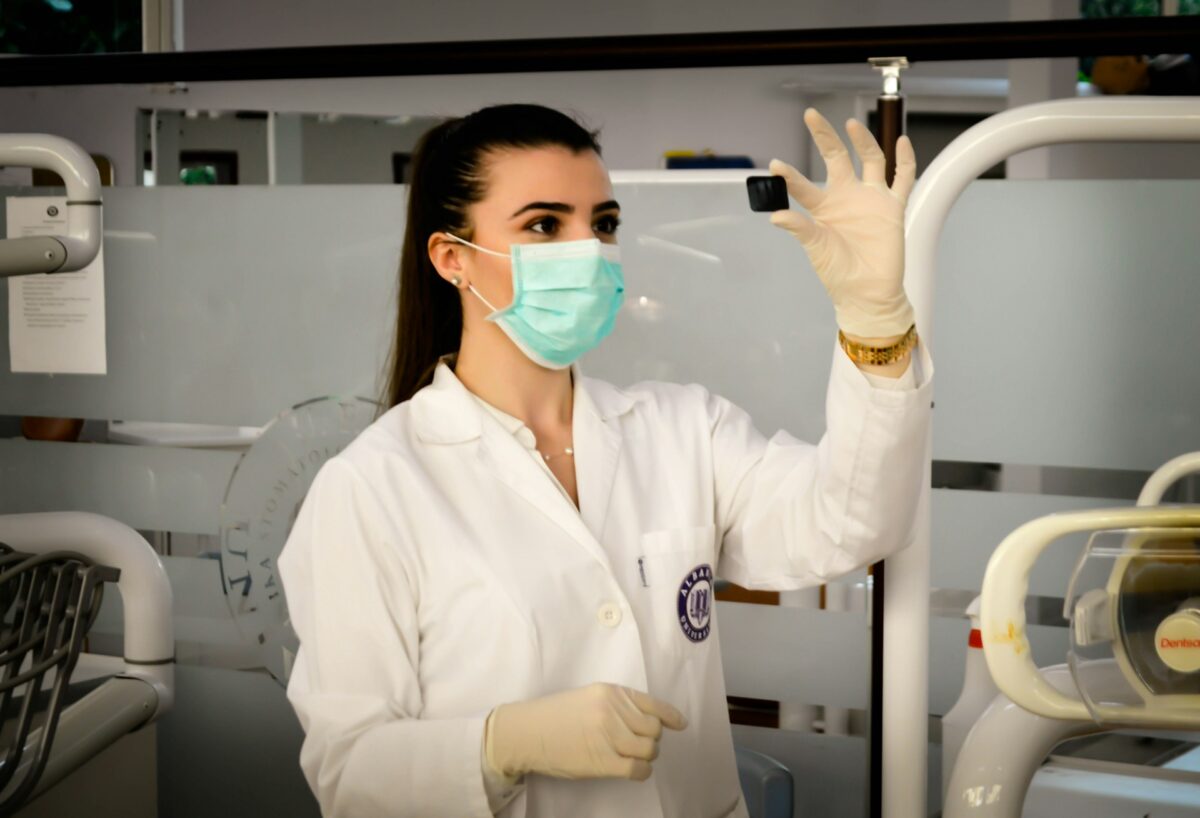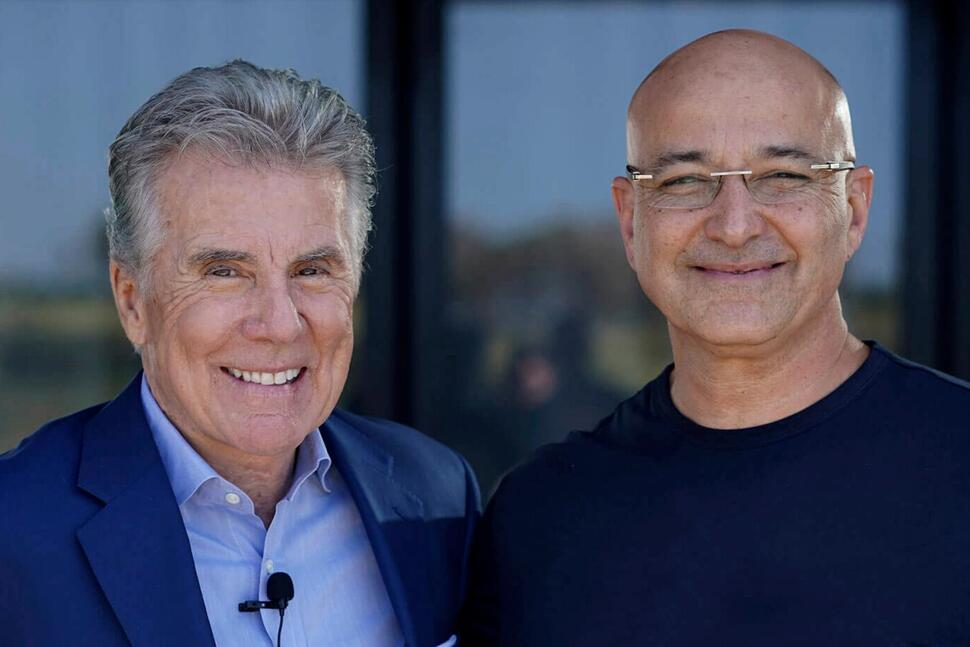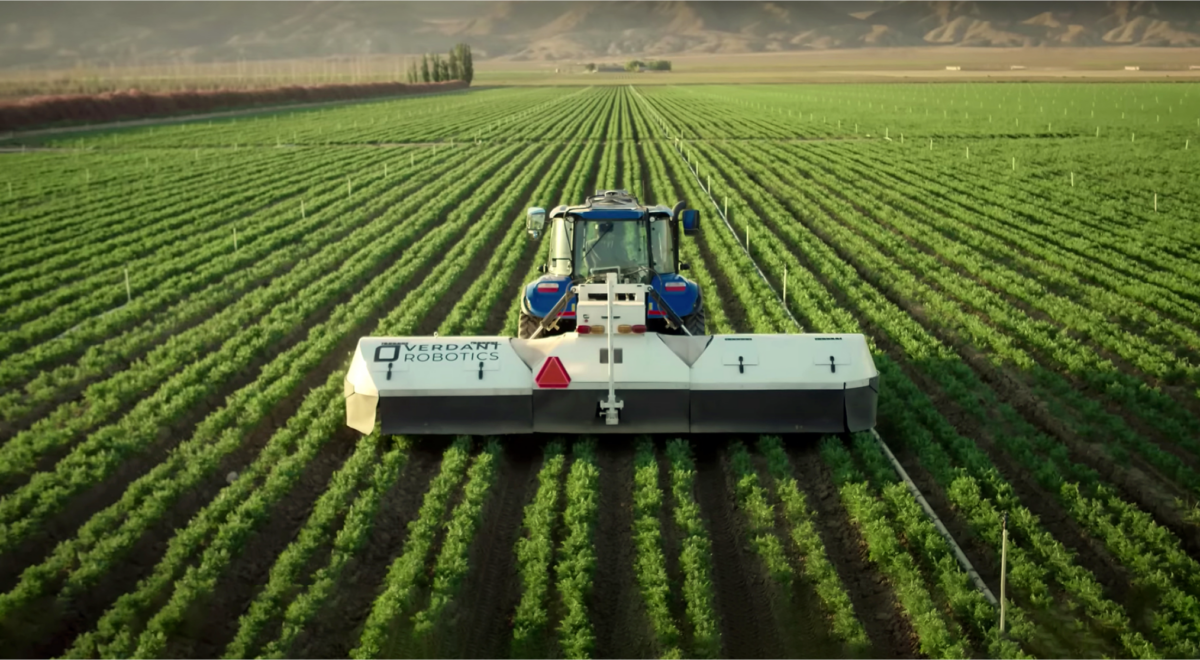Game-Changing Cancer Test
An ongoing human study suggest that a new experimental cancer test can accurately detect up to 18 early-stage cancers. But how does it work? And maybe even more importantly, how much will it cost?
The new cancer test works by analyzing blood proteins, instead of tumor DNA, and showed this style of test may accurately detect up to 18 early-stage cancers. The US biotech firm, Novelna, presented trial results involving 440 individuals with 18 different cancers, using blood plasma samples from each patient and 44 healthy donors.
The Novelna team achieved high sensitivity and specificity by analyzing trace proteins in the blood. The test, which also considers sex-specific proteins, identified 93% of male and 84% of female cancers at stage I with 99% specificity. The researchers proposed the test as a foundation for a cost-effective, accurate, multi-cancer screening on a population-wide scale, covering major human organs.
Acknowledging the trial’s small size, the team stresses the need for larger trials to confirm accuracy. Despite this, they highlighted the significance of detecting low-level proteins in blood samples for early tumor identification. Implementing such tests could improve survival rates, especially for cancers like breast cancer, and contribute to global efforts in combating the substantial impact of cancer, which currently accounts for one in every six deaths worldwide.
Novelna also anticipates that the test will be much cheaper than current option, with the estimated cost to be below $100. Current tests, like the Multi-Cancer Early Detection (MCED) tests, can often cost close to $1,000.
Related articles: How to Cut Your Risk of Prostate Cancer by a Third and a novel Saliva Test for Breast Cancer




